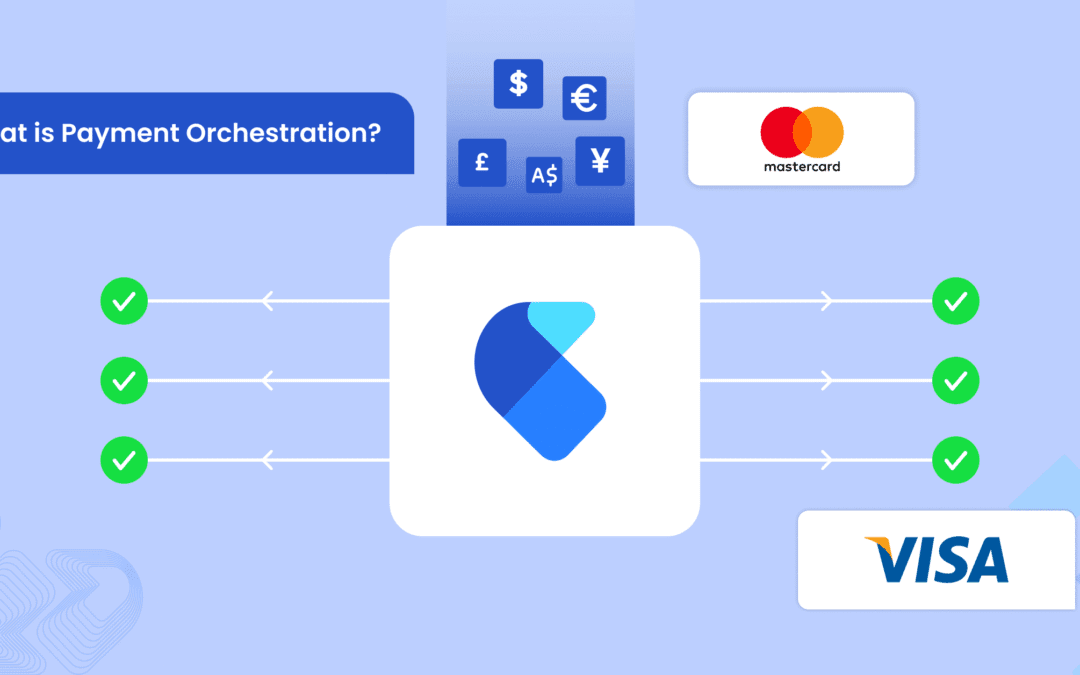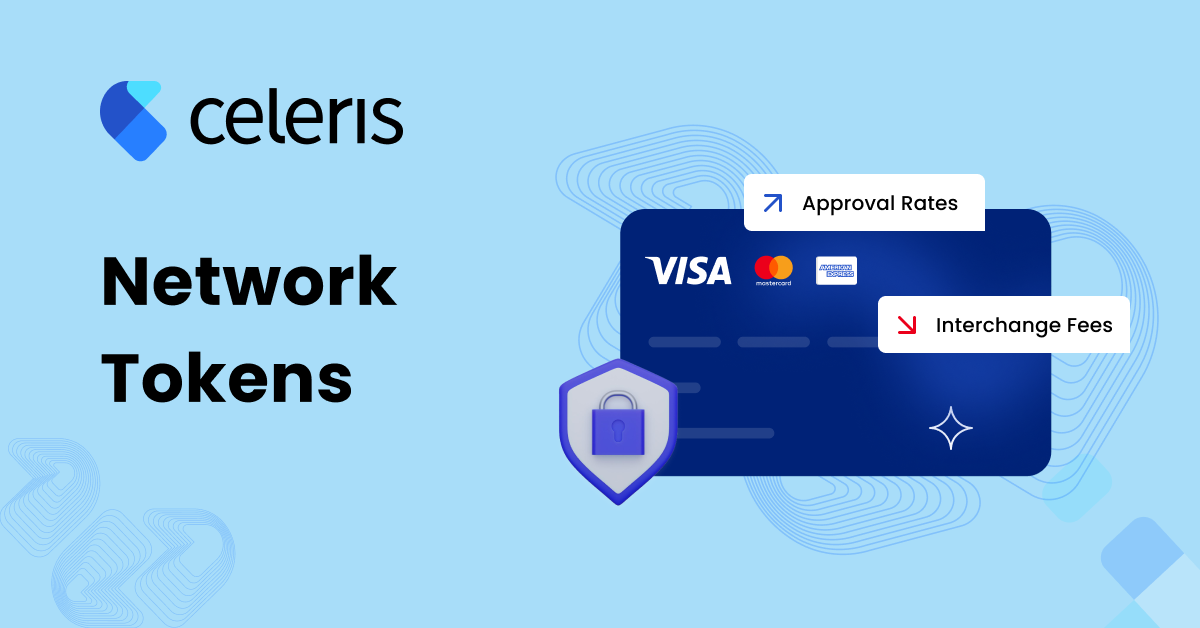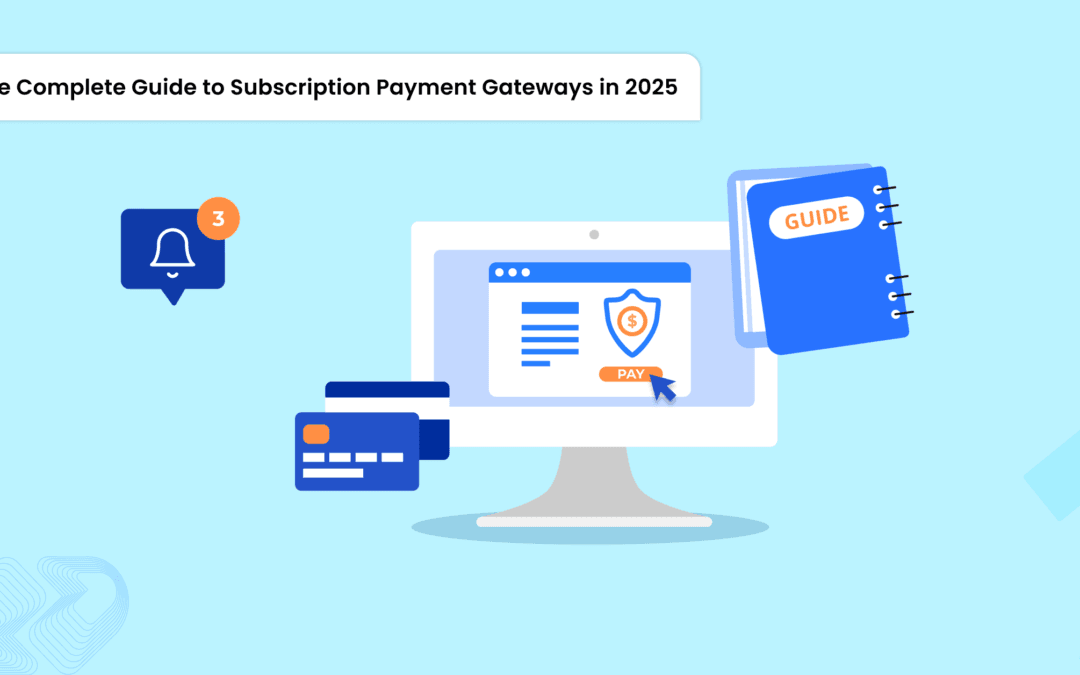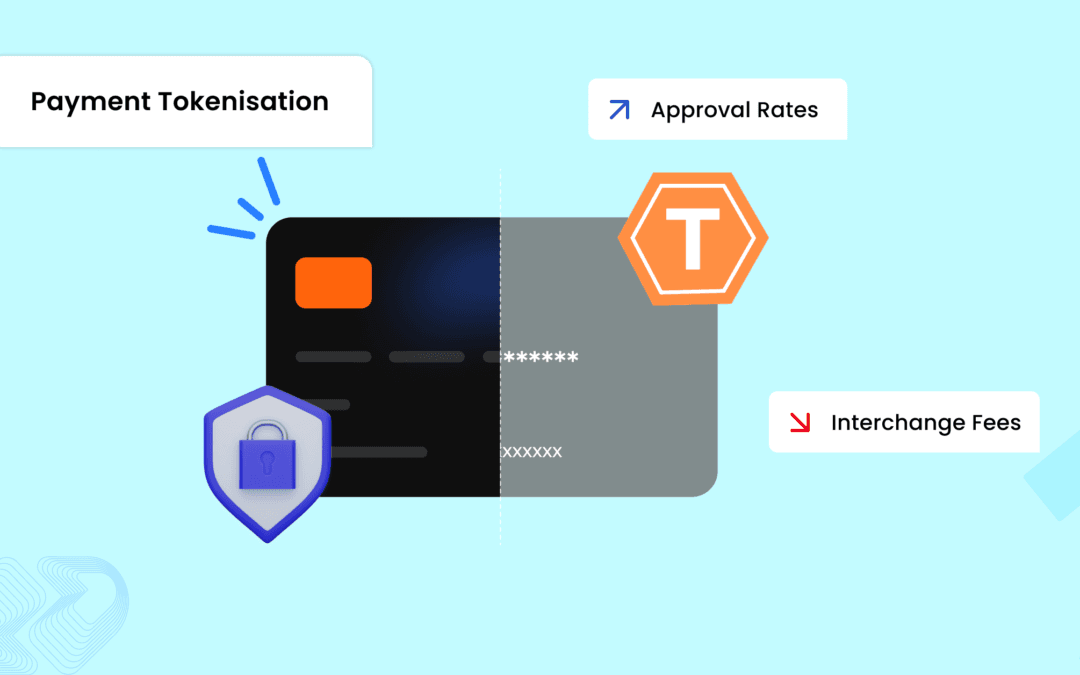Verifi specializes in dispute management, aiding sellers in revenue retention and cost reduction from banks.
- Resource
- /
- Hassle-Free Technical Integrations – Fiction or Reality?
Contents
Recommended Articles

How to Choose Best Chargeback Management Solution in 2025?
May 7 2025 | Blog
Chargebacks are a growing concern for online businesses today. A market research report published on Paypers reported that merchants lose 1% of their revenue in chargebacks every year, and this number is increasing, regardless of whether you're in e-commerce,...

What is Payment Orchestration? A complete Guide for Businesses in 2025
April 18 2025 | Blog
If you're running an online business that serves customers worldwide, you've likely encountered the complexities of managing multiple payment platforms, gateways, and processors. Not only that, but merchants are facing high transaction fees, frustrating integration...

Celerispay Wins MPE Award for Best Use of Data Analytics in 2025
April 7 2025 | Blog
Celeris is excited to announce that we have won the 2025 Merchant Payments Ecosystem (MPE) Award for Best Use of Data Analytics! Following our win for Best Payments Orchestration Solution last year, this marks our second consecutive MPE victory. This achievement...
Share This Post
Hassle-Free Technical Integrations – Fiction or Reality?
June 16, 2023

Contents
The Challenges of Payment Supplier Integrations
In the dynamic world of eCommerce, one truth remains constant – payment supplier integrations are a necessity for every online merchant. However, these integrations often come with a hefty price tag. Not only do merchants need to connect with payment suppliers, but they also have to consume the supplied data and inject it into their systems, such as ERP (Enterprise Resource Planning) systems. This process is crucial for managing orders, billing, customer support, and more.
Unfortunately, the integration process doesn’t end once it’s completed. Ongoing maintenance is required, turning it into a continuous expense for merchants. The cost of these integrations can range anywhere from 10,000 to 20,000 EUR, and for larger enterprises, the expenses can skyrocket even further. Larger companies often utilise multiple payment service providers, resulting in a multiplication of integration costs.
Time is another significant concern for online merchants when it comes to integrations. Depending on the complexity, integrations with payment suppliers can take anywhere from a couple of weeks to over a year. The availability of quality development teams, competing product development projects, and the need for a faster time-to-market make achieving seamless payment integrations a challenging task.
When merchants expand into new markets and want to offer their customers local payment methods, time becomes an even more pressing issue. Head of Payments (HOP) professionals can attest to the frustrations of pushing their technical teams to speed up integrations while the sales department is eager to launch products in new regions. Unfortunately, in the current conditions, maintaining a shorter time-to-market while adding local payment methods is nearly impossible.
Simplifying the Complex Integration Process
Now, let’s explore potential solutions to simplify the complex integration process, reduce costs, and save time. Imagine a concept similar to Optimus Prime from the “Transformers” movie series. Optimus Prime, a living, human-like robot, possesses the unique ability to transform into various vehicles or beasts. Could there be an “Optimus” in the payment ecosystem? Enter the concept of the Request-Response Transformer (RRT) – a set of universal payment application programming interfaces (APIs) designed to consume existing payment requests from merchants and generate the responses and data that their systems are already familiar with.
With the RRT, merchants can map their current request, authentication, and response parameters to the universal payment APIs using an intuitive portal. This mapping process drastically reduces integration time from months to just a few hours. Once the mapping is complete, merchants can simply send their existing payment requests to the RRT. The Transformers within the system process these requests and generate the responses and data in the format expected by the merchant’s system. This streamlined approach enables transactions to be processed through the new payment suppliers offered by the Transformers.
Implementing the RRT solution offers significant benefits to merchants. Not only can they enter new markets within hours, but they can also enjoy the advantages of adding payment suppliers with better commercial terms. The benefits are clear – immense cost and time savings, along with enhanced flexibility. Whether merchants wish to switch to a new payment supplier, add additional payment suppliers, or offer new payment methods, they no longer need to undergo extensive integrations or force their clients to reintegrate and migrate.
The Promise of “Optimus” in the Payment Ecosystem
The concept of the Request-Response Transformer (RRT) presents an exciting opportunity for revolutionizing the payment ecosystem. Its potential to save time, reduce costs, and simplify integrations could mark a turning point in the industry. Imagine the convenience of seamless payment integrations that don’t require extensive development efforts or prolonged waiting periods. This game-changing idea holds the promise of transforming the way merchants conduct business and interact with payment service providers.
Embrace Hassle-free Integrations with Celeris
At Celeris, we believe in making payment integrations a breeze for online merchants. Our innovative Request-Response Transformer (RRT) solution is designed to simplify the complex integration process, reduce costs, and save valuable time. We understand the frustrations and challenges that merchants face when it comes to integrating with payment suppliers, and we are here to change that.
With Celeris, you can expand into new markets within hours, leverage better commercial terms with payment suppliers, and offer a wider range of payment methods to your customers. Our solution empowers you to stay agile and competitive in the fast-paced world of online commerce.
For now, only one integration with Celeris is needed to achieve the flexibility and speed needed by merchants that grow and expand to new markets. At the moment we are using, testing and improving this concept in our internal development discipline and we can help merchants to access various new processing partners within weeks.
So, why continue to struggle with complex integrations when there’s a simpler way? Embrace hassle-free integrations with Celeris and experience the benefits of streamlined processes, significant cost savings, and faster time-to-market.
Contact us today to learn more about our Request-Response Transformer solution and how it can transform your payment integrations. Together, let’s unlock the true potential of your online business and embark on a seamless integration journey with Celeris.
Do you have any follow-up questions after reading this article? Reach out to us; we will gladly help you find the answers. Fill out the form below, and we will contact you shortly. Or drop us an email at [email protected].
How was the experience with article?
We’d love to know!
Talk with one of our payment experts
Ready to elevate your business to new heights? Schedule a call with our experts to discuss your unique needs and uncover tailored solutions. Don’t let questions linger – seize the opportunity to pave your path to success!
Winner !
Best use of data analytics, MPE 2025
Best Payments Orchestration Solution, MPE 2024
Related Resource
Build your business with Celeris













